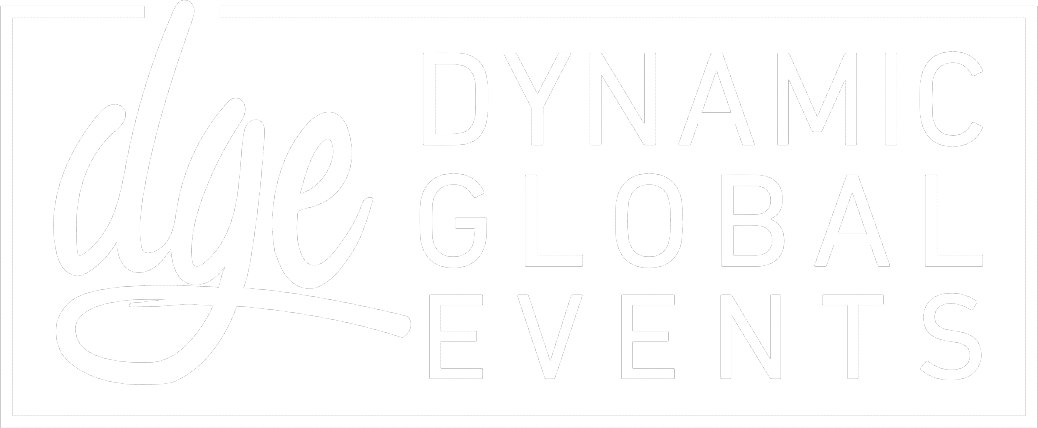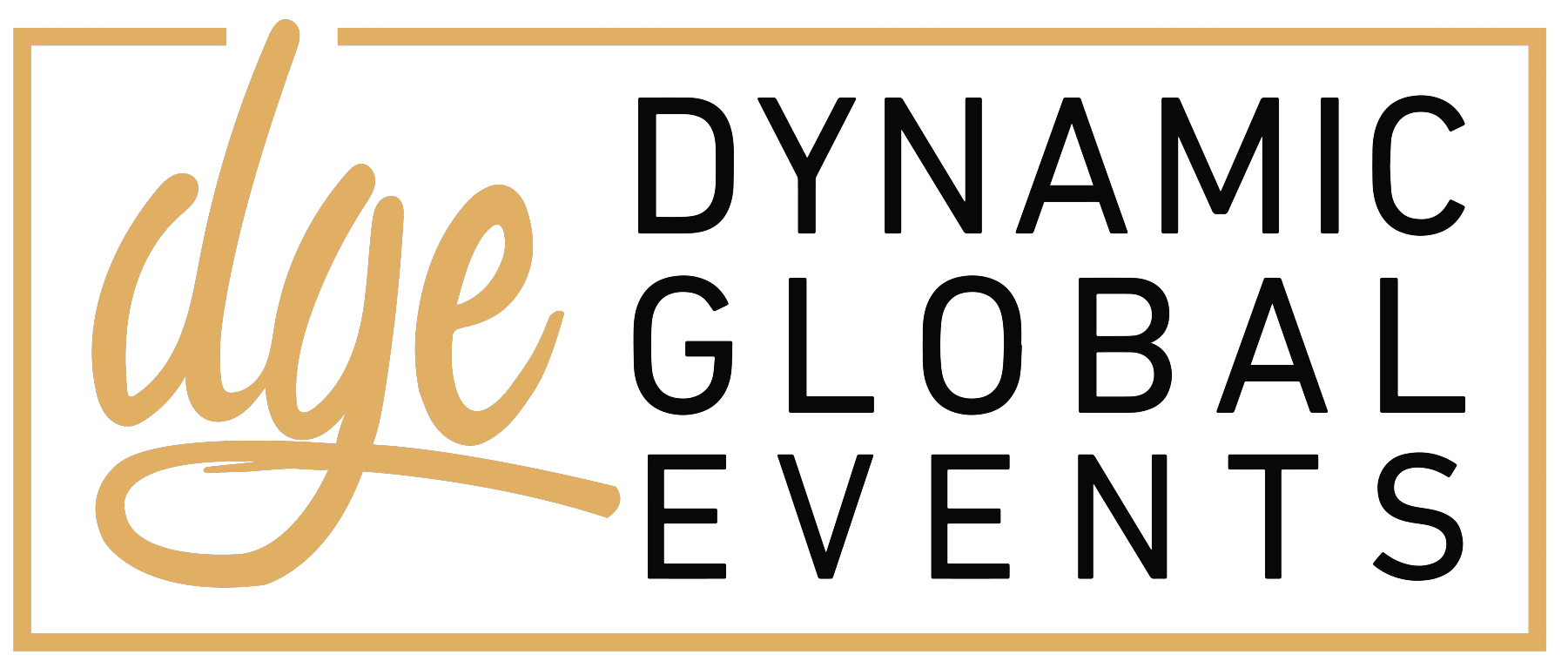Exchange perspectives on how to manage expanding responsibilities and priorities in the era of AI.
- Assess the impact of AI implementation on compliance roles
- Identify current, evolving challenges
- Discuss the vision for keeping organizations safe while embracing innovation
Gain an understanding of how AI is being leveraged across life sciences.
- Explore where AI technologies are being utilized across drug discovery, development and commercialization
- Examine areas of successful AI implementation
- Discover the potential for future innovation
A growing number of priorities can take compliance officers away from concerns of higher value that deserve greater attention. Learn about the potential to leverage artificial intelligence to automate efficiencies in compliance monitoring, risk identification, training and more.
- Highlight the efficiencies that AI can bring to compliance monitoring
- Identify and mitigate risk in real time
- Open up new pathways of communication with business partners
- Assist with delivery of relevant training on existing and new policies
- Understand what OIG is looking for
While responsible AI principles inform governance frameworks, turning those principles into practice remains challenging. This session discusses compliance, privacy risks, and responsible AI governance strategies using real-world examples.
- Identifying compliance & privacy risks
- Leverage existing policies and procedures as part of the foundation for AI governance
- Put policy to practice: chatbots, talent acquisition, localization, and more
Examining some common cases where compliance teams are challenged with expense auditing and monitoring; and how to leverage AI to improve coverage of expense reports and reducing errors.
- Importance of Conducting Expense Report Audits
- Challenges in Conducting Expense Audits with examples
- Best Practices to Overcome Challenges
- Traditional methods vs. Modern methods
- Leveraging AI to Solve Challenges
The current legal and regulatory landscape around AI in life sciences will evolve rapidly. Find out about current and potential areas for rapidly evolving legislative developments
- Unravel EU AI Act
- Explore FDA regulatory framework for AI
- Monitor legislative changes regarding data privacy, ethics and bias and liability
Optimize peer-to-peer learning by crowdsourcing solutions to common challenges surrounding AI in life sciences compliance. The connections you make will become a valuable takeaway.
- Evaluate needed changes to current monitoring and auditing
- Use dashboards to rapidly act on risk identification
- Examples of current use of AI for enterprise-wide risk identification
- Leverage monitoring data for decision making
- Recognize potential legal liabilities regarding innovation and IP
- Determine impact of AI on IP
- Anticipate varying needs for future IP protections
Take the opportunity to brainstorm around analyzing data acquisition, collection and monitoring to ensure patient safety.
- Underscore sources of bias in AI regarding data collection
- Address anonymization of sensitive data
- Grasp protection for patient data, data rights and consent
New data models and artificial intelligence are enabling innovation in drug discovery at a rapid pace and most things are a work in progress. Obtain insight into evolving data strategy, data sources and security.
- Find out how AI is being used in R&D
- What are the key structural components that are needed to make an AI strategy successful
- Consider realistic expectations for transformative change and how that may impact ethics and compliance
Continuing the discussion which began on the first day of the conference, dive deep into considerations for modernizing compliance management.
- Gain approaches for changing compliance policies to reflect AI
- Communicate tenets of ethics and compliance culture throughout the organization
- Integrate your company’s core mission with AI implementation
New risks will continue to emerge surrounding the use of AI. Explore frameworks and support for identifying and managing risks.
- Identifying and classifying emergent AI risks within Life Sciences
- Explore a framework, Secure AI Framework (SAIF), as a means to organize the governance approach
- Illustrate this governance model with an example use case
- Appraise AI in software as a medical device
- Understand the benefits of predictive analytics
- Discuss ideas for offering insights that provide more comprehensive risk management
- Assess compliance risks on a prospective basis Panelists:
Gain insight into the implementation of Responsible AI (RAI) practices across compliance and the enterprise.
- What is the imperative of trust in AI?
- How can we trust AI in the life science industry?
- How can we accelerate time to deliver value of innovation through responsible AI enablement? What are the RAI best practices that can help accelerate value realization with risk controls?
- How to scale RAI to enterprise level
- The future of RAI in life sciences
Compliance and privacy executives are familiar and experienced with internal and external reporting. Learn more about how to prepare for and keep pace with increasing demand for communication related to AI and compliance.
- Discuss evolving need for reporting
- Determine which new parties may require information
- Examine what type of information boards and committees are looking for






















